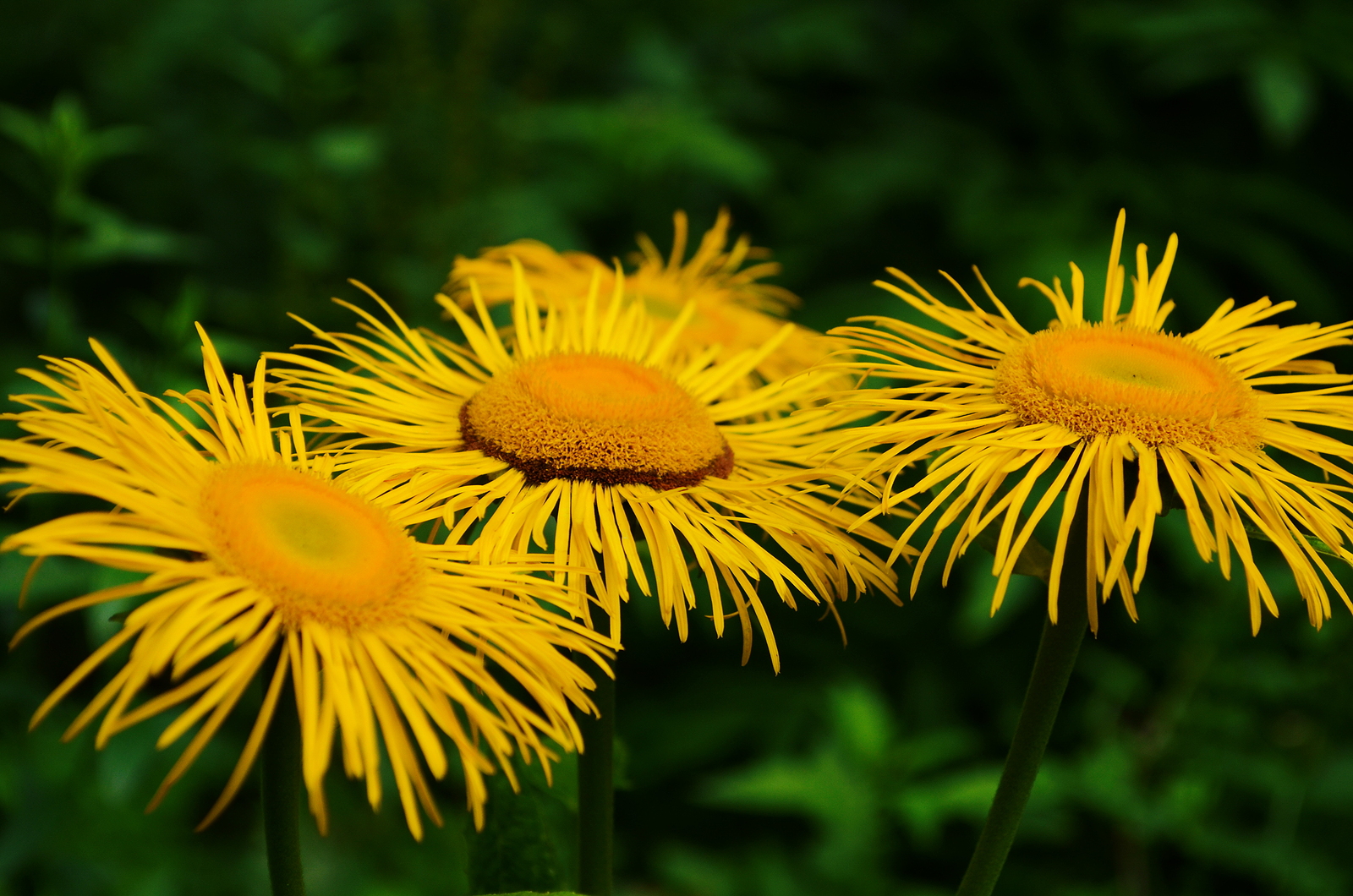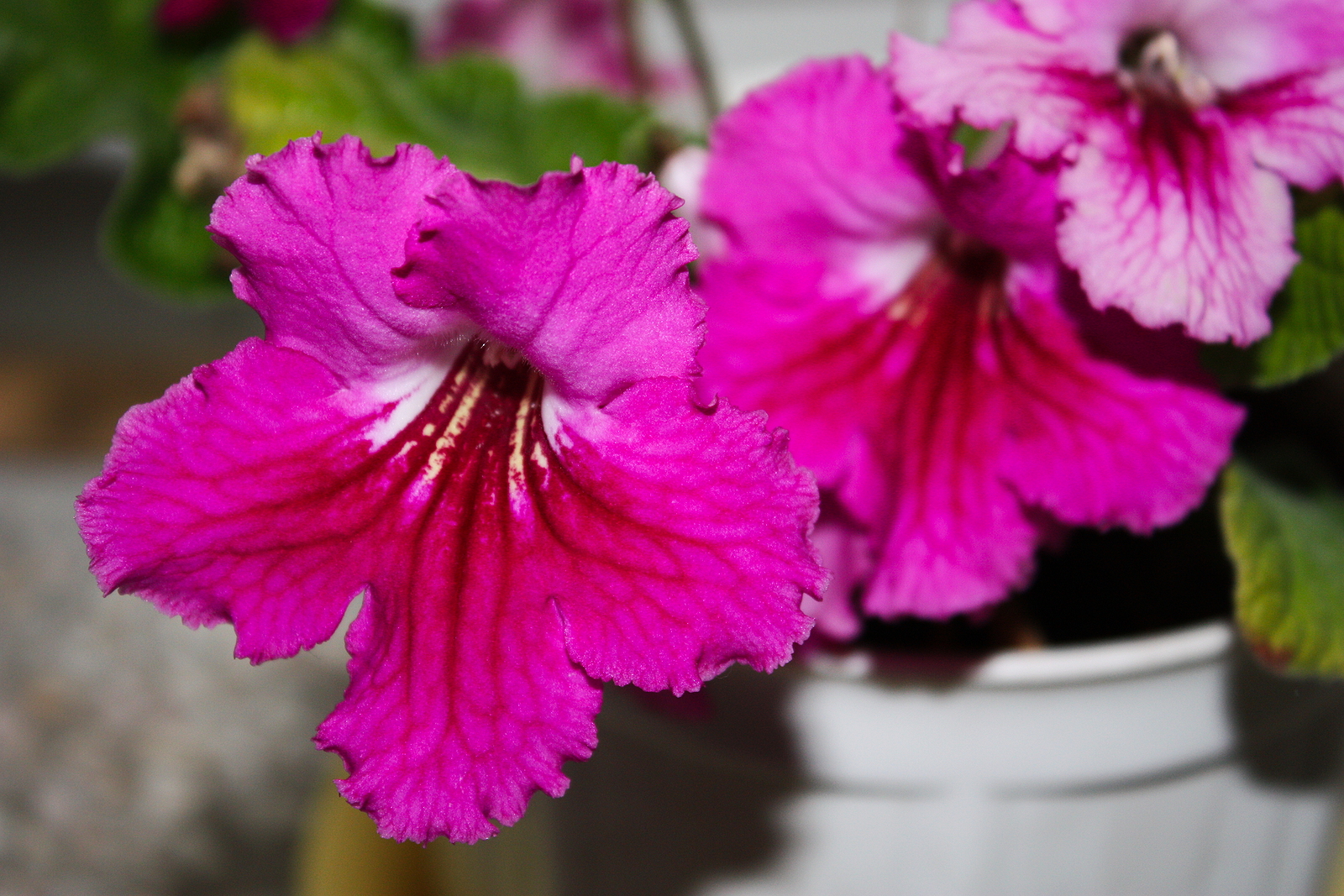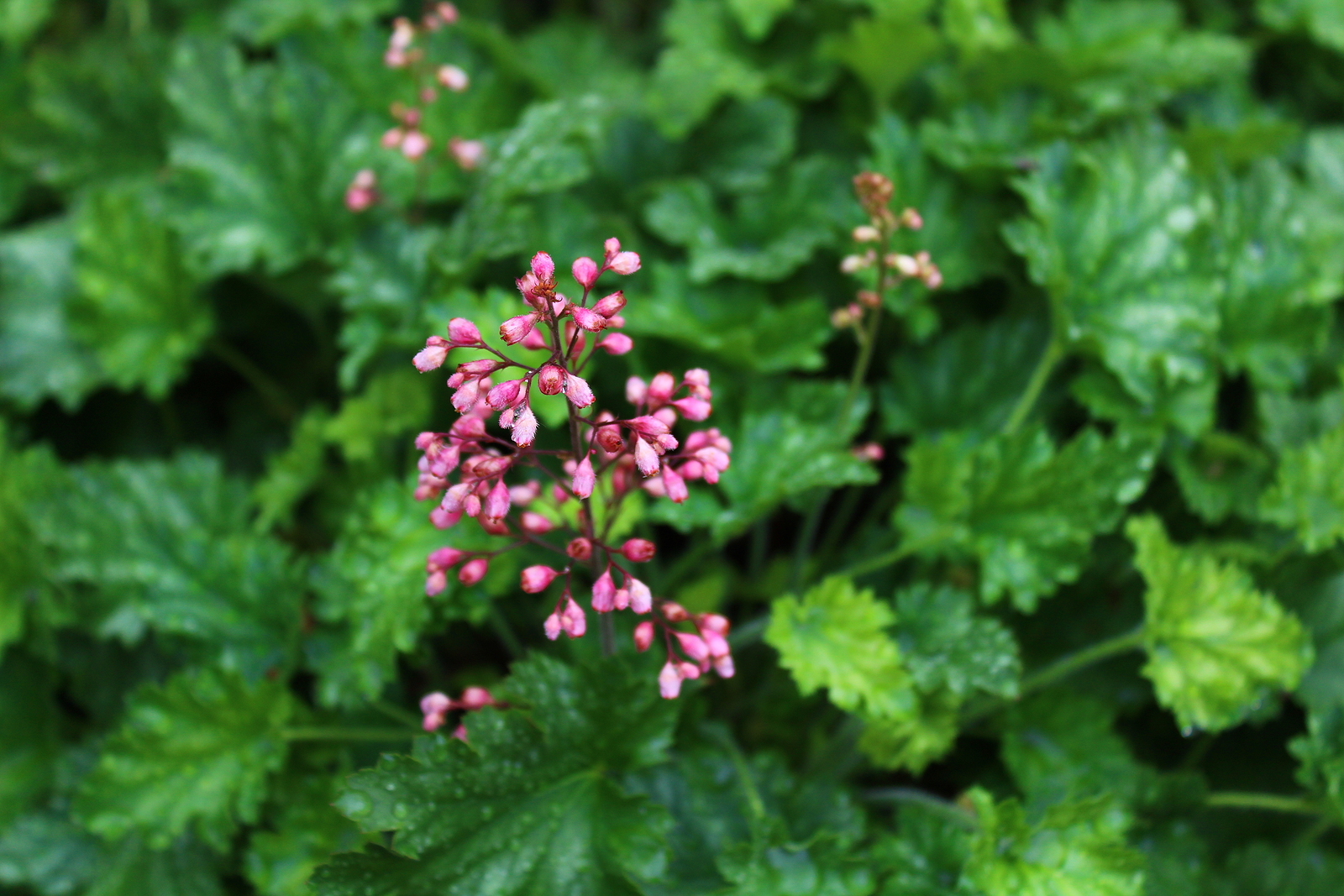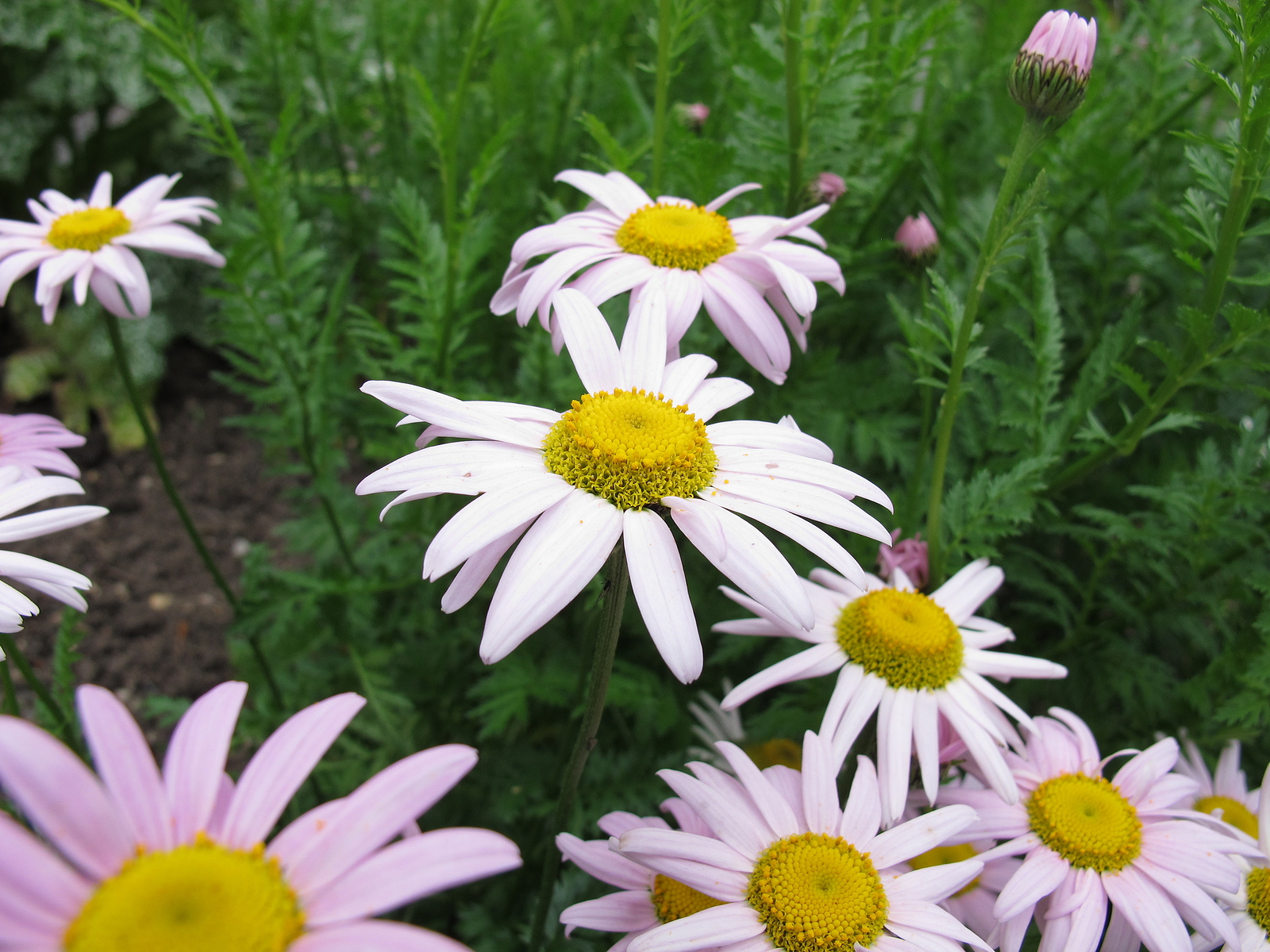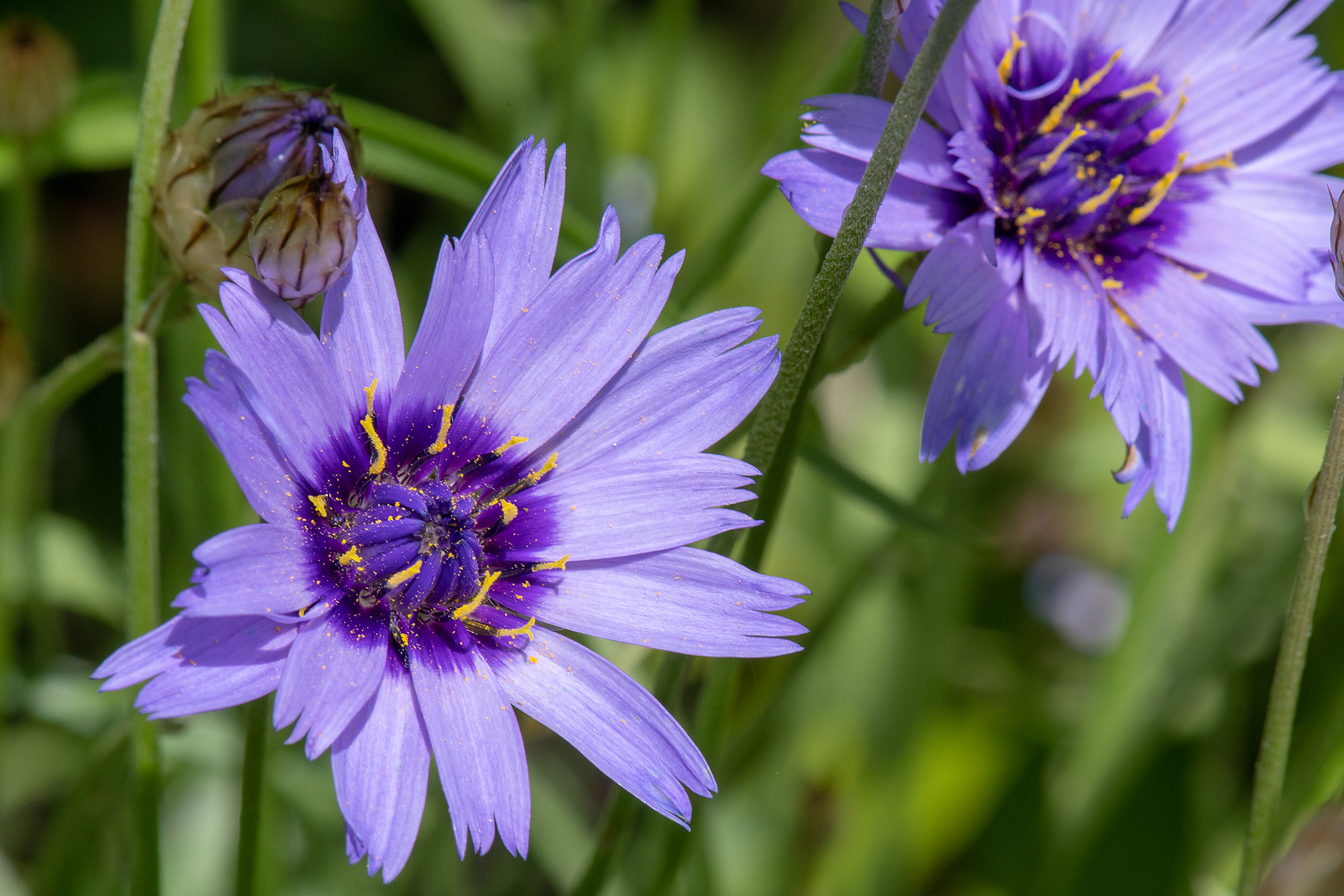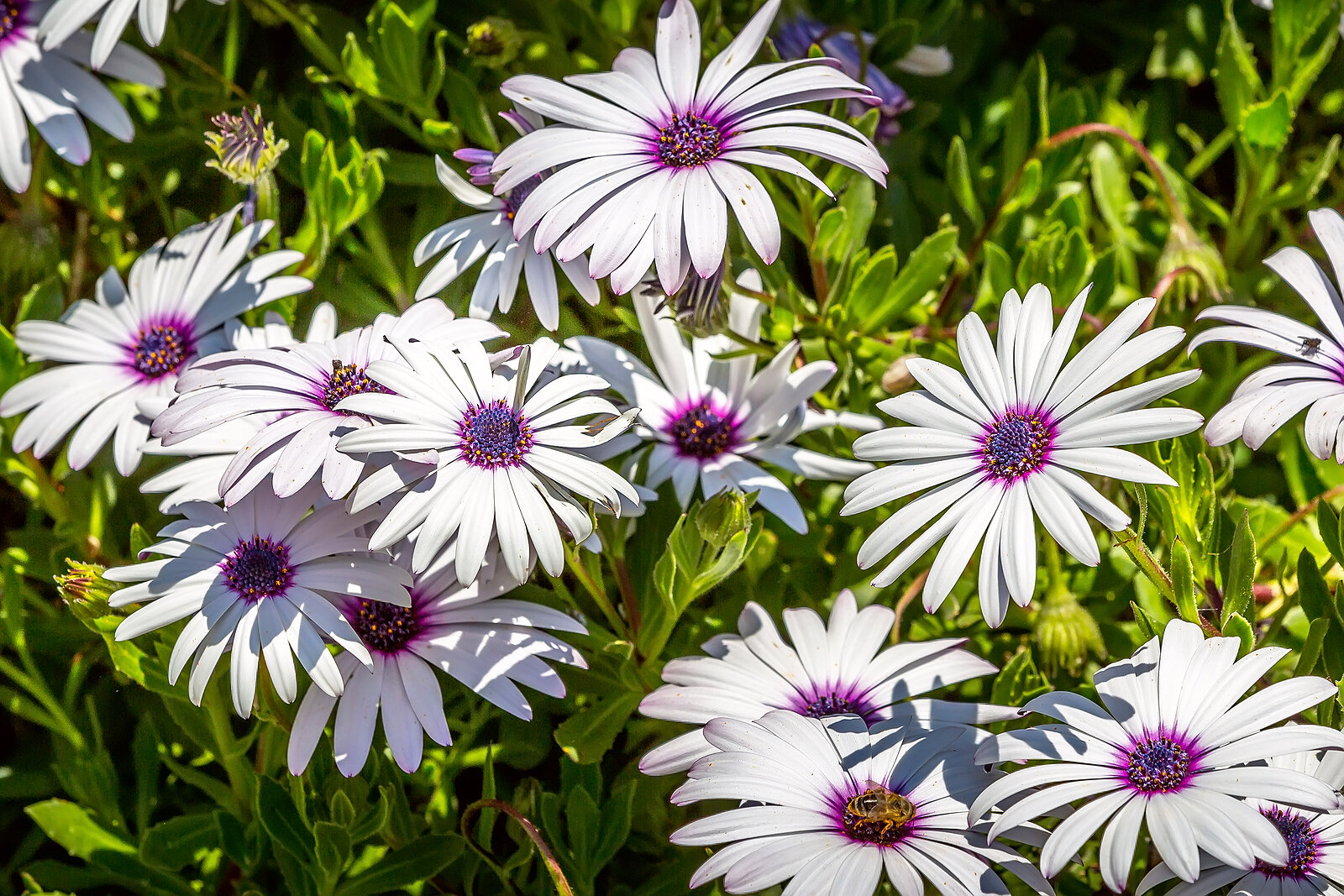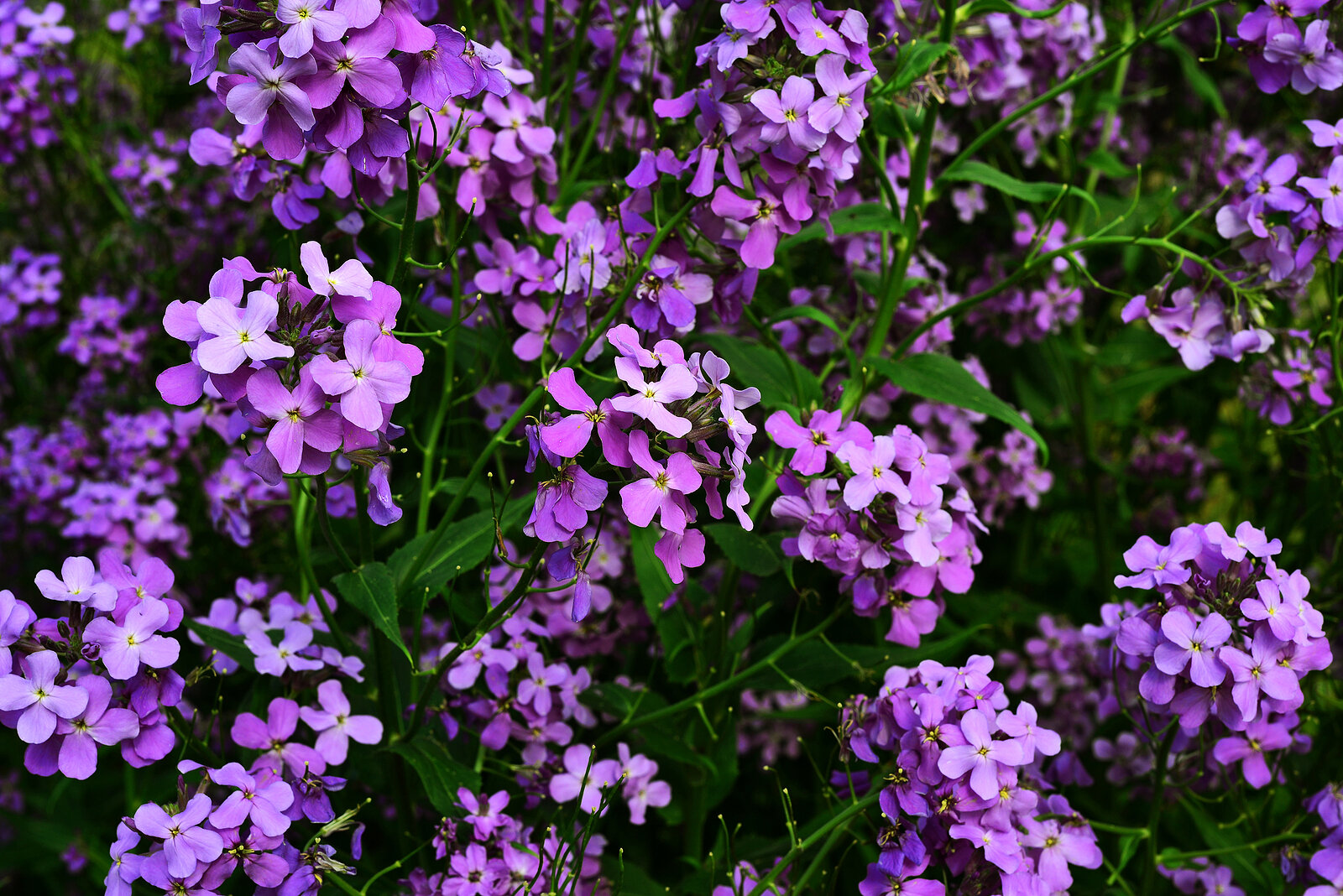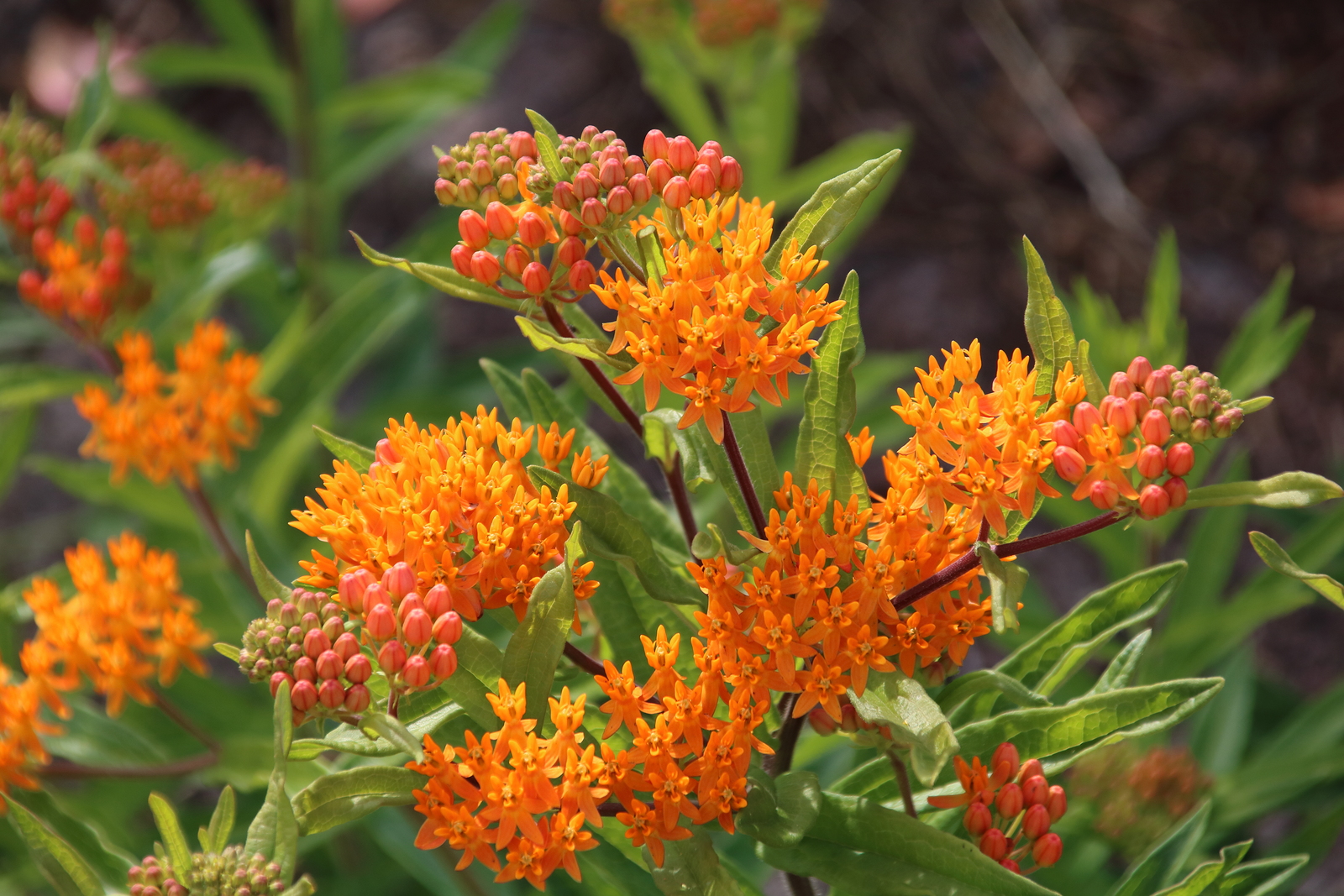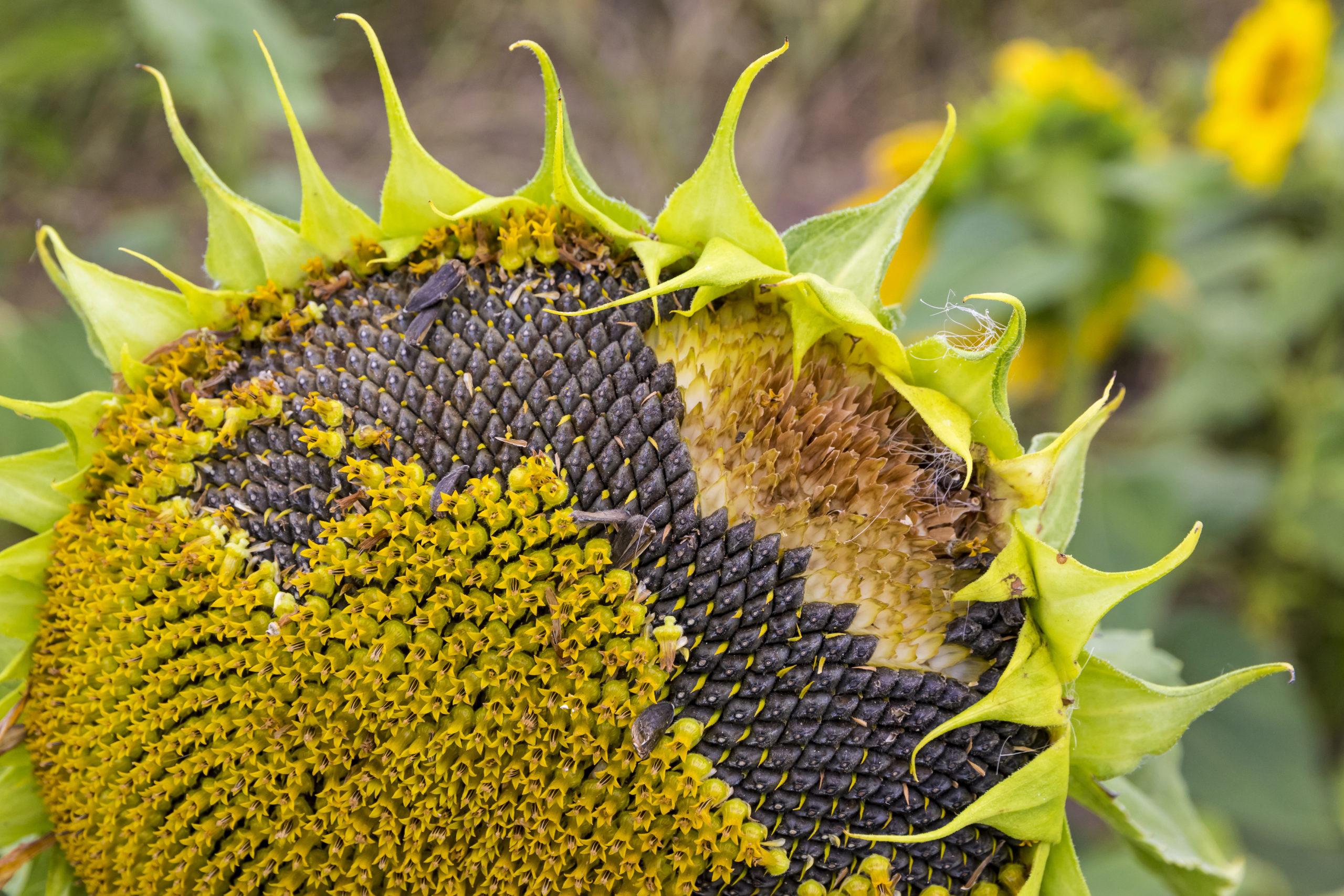How to Grow Stone Cress — Aethionema
Aethionema—common name stone cress– is a small shrub grown for its dense to loose terminal racemes of small 4-petaled, cross-shaped flowers that are sometimes fragrant in red, pink, or creamy to white. Stone cress grows best in fertile, humus-rich soil but will grow well in poor soil. It is a good choice for a rock […] More


